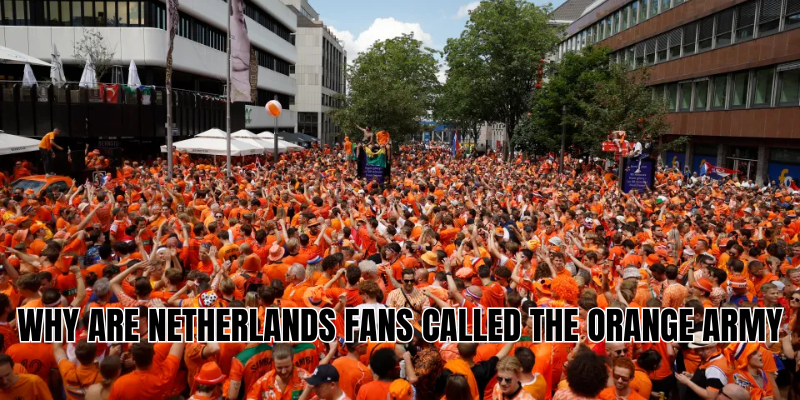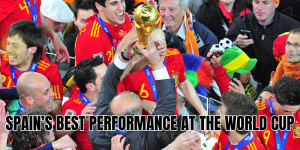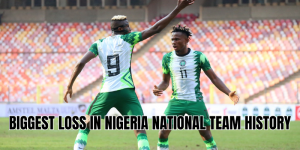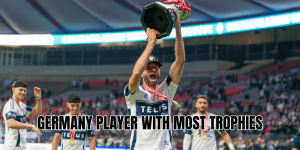Face paint — all drenched in the hue of a national flame. But why exactly are Netherlands fans called the Orange Army? What’s the history behind this nickname, and how did orange become synonymous with Dutch support?
In this article, QuraGoal will walk you through the royal lineage, the cultural traditions, and the modern spectacle that combine to make “Orange Army” more than a slogan — it’s a way of life for Dutch supporters.
The Royal Roots: House of Orange-Nassau
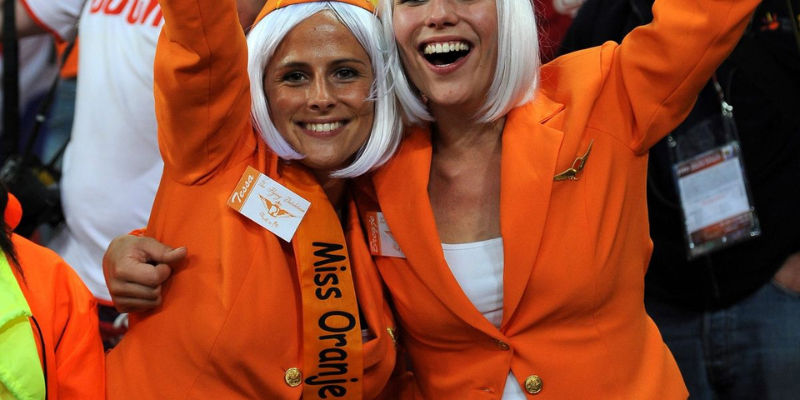
The story starts in the 16th century with William of Orange (William the Silent), who became the leader of the Dutch revolt against Spanish rule. His princely title linked him to the small principality of Orange in southern France, and over the centuries, the House of Orange-Nassau became the central dynasty in Dutch royal history.
Because of William’s symbolic role in the nation’s formation, the color orange became deeply associated not just with the royal family, but with Dutch identity itself. Modern Dutch celebrations such as King’s Day and royal birthdays still see cities flood with orange decorations and attire.
In this sense, calling fans the Orange Army ties their identity to a legacy of national pride — a crowd unified not merely behind a team, but behind a monarchic and historical symbol.
Oranjegekte and Orange Fever: The Fan Phenomenon
In the Netherlands, when a major sporting event rolls around, something remarkable happens: Oranjegekte (literally “orange craze”) takes over. Fans decorate cars, streets, pubs — anything — in orange. They wear orange hats, scarves, face masks, and sing “Oranje boven, oranje boven.” nje boven.”
This tradition, originally tied to royal celebrations, expanded into sports culture over the 20th century. The term Oranjekoorts (“orange fever”) captures how fan enthusiasm spreads like wildfire. During major tournaments like the Euros or World Cup, whole cities — in the Netherlands and abroad — turn orange, and attendances swell.
It’s not just a spectacle. It’s a national ritual. The Dutch national football team is often followed by what is called the Oranje Legioen (Orange Legion), a marching body of supporters who travel in droves to matches both home and away. msterdam Tourist Information]) This grouping of supporters, in effect, forms the Orange Army.
From Football to F1: Broadening the Brand
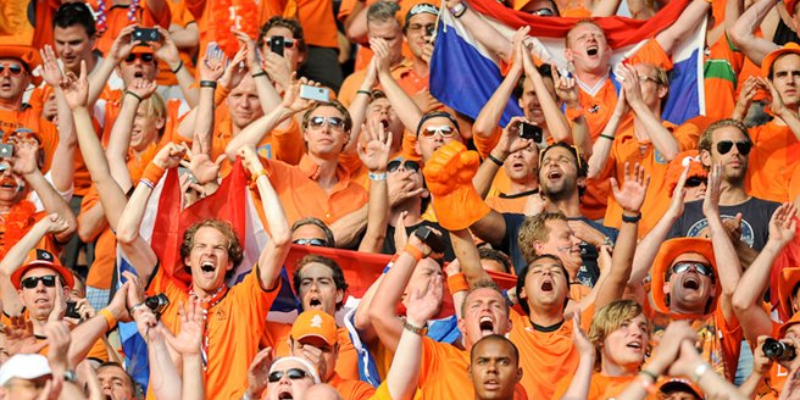
While the term “Orange Army” is most known through football, in recent years it’s been extended to other sports — notably Formula 1.
When Max Verstappen rose to global stardom, Dutch fans poured into F1 circuits, converting grandstands into oceans of orange. The support was so visible, passionate, and organized that the nickname Orange Army became almost natural, now used for his fanbase in motorsport.
The orange-clad fans at Zandvoort and Spa exemplify how the concept transcends just football — it’s an identity. The same fervor that fuels Dutch national team support now follows their F1 heroes. follows their F1 heroes.
Why the Nickname “Army”?
The use of “army” in sports fandom is never accidental. The term suggests unity, movement, strength, and an organized presence. Dutch fans aren’t isolated groups clad in orange — they move as one. They march, chant, and take over stadium districts the way an army mobilizes a campaign.
In practice, these fans don’t simply show up. They “march” via the famous fanwalks, parading through cities toward stadiums in synchronized support. During Euro 2024, for example, thousands of fans dressed in orange walked through German cities toward venues, turning streets into processions of national fervor.
By calling this collective an army, fans and commentators acknowledge the scale and deliberate coordination of Dutch support — it’s not random cheering, but a mobilized wave.
Symbolism in Orange: Flag, National Identity, and Sporting Kits
You might wonder: why orange if the national flag is red, white, and blue? At times in history, the Dutch flag did feature an orange stripe, but over time it shifted to red (likely due to fading dye or political decisions). tchReview]) Nonetheless, orange remained ingrained as a cultural symbol.
Thus, when Dutch national teams choose their kits, they often opt for orange — not because it mirrors the flag, but because it reflects heritage. The national football team is nicknamed Oranje, and their color becomes an instant emblem on the pitch.
In football, the “Orange Army” has become shorthand for the loyal Dutch supporters who flood tournaments wearing those same colors — a visual identity as powerful as any chant.
Memorable Moments of the Orange Army
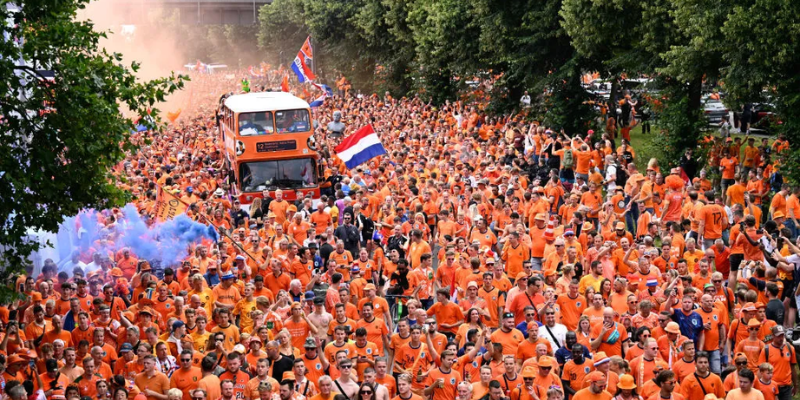
Over decades, the Orange Army has given us unforgettable images and emotions:
- World Cup 1974 & 1978: Dutch Oranjegekte erupted as tens of thousands of fans followed the team to Germany and Argentina, even when the trophies slipped away.
- Euro 1988: Victory over the Soviet Union made the orange fever peak, cementing the connection between fans and national pride.
- Fanwalks at Euro 2024: In semi-finals, cities like Dortmund turned orange as tens of thousands marched.
- Zandvoort F1 returns: When the Dutch GP returned, the Orange Army refilled circuits and streets, proving their reach beyond football.
These acts of solidarity, across borders and tournaments, reaffirm the nickname’s relevance.
Why the Nickname Resonates Globally
Calling Netherlands fans the Orange Army captures more than just color. It evokes:
- Identity at scale: A massive group acting together, not just individuals showing up
- Heritage and pride: Orange references royal lineage, national unity, and centuries-old symbolism
- Movement and force: Army suggests disciplined momentum, not chaos
- Inclusivity beyond football:, that name sticks — because it evokes spectacle, tradition, and a visual force that’s hard to ignore.
Final Thoughts
Why are netherlands fans called the orange army? Because the nickname embodies their unity, their royal heritage, and their relentless devotion. The color orange, drawn. Through the Oranjegekte tradition and organized fan movements, Dutch supporters took on a collective identity—marching like an army in orange waves.
If you want more stories about famous football fan cultures, profiles of Oranje legends, or how club support movements evolved across Europe — QuraGoal is here to guide you. Share this article, follow us, and let’s deepen the passion of football together.

